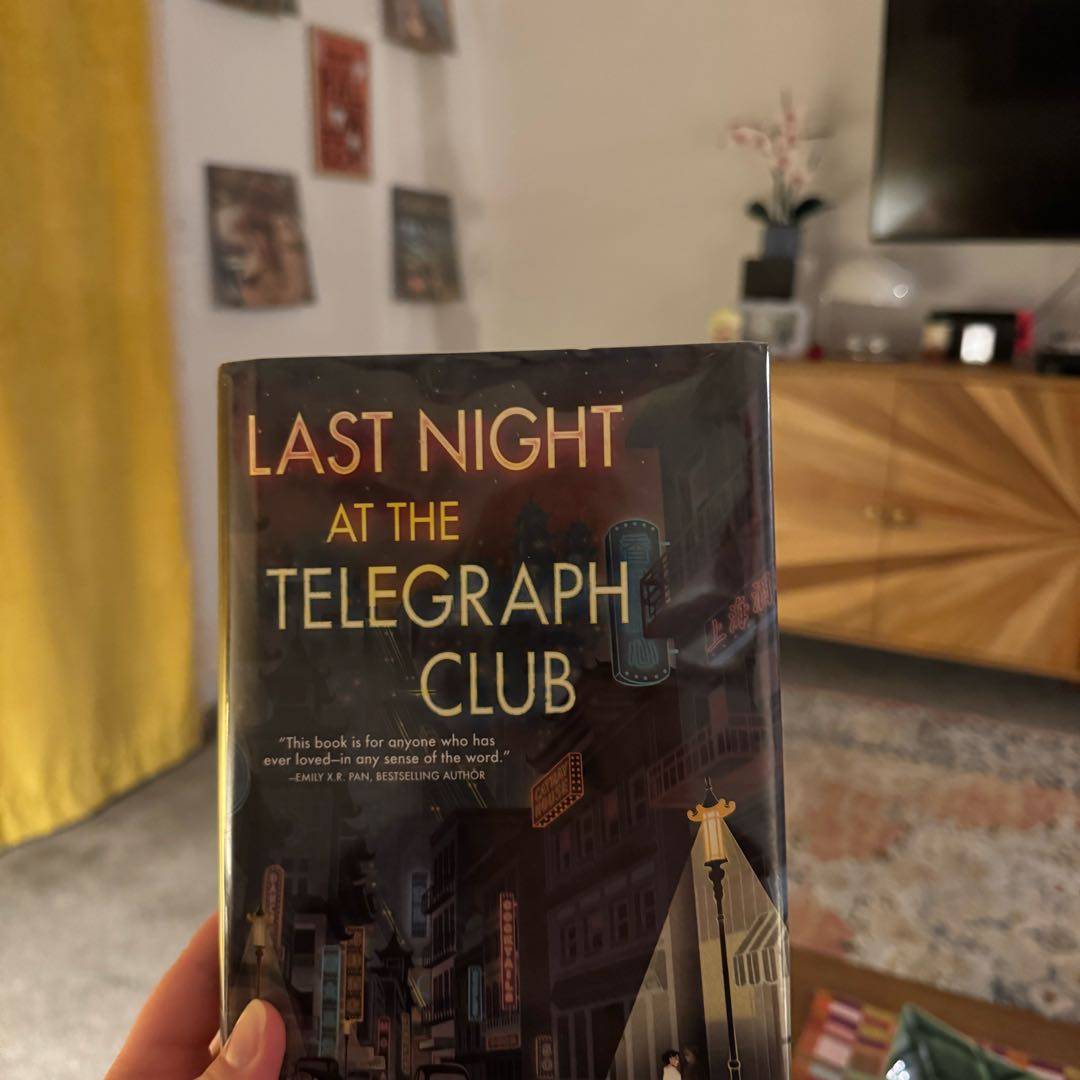

The Telegraph Club felt like its own world. It gave Lily a mirror she didn‘t have anywhere else. I loved how much detail Lo used to describe it. As much as I can't relate to Lily's story personally, the prose made it really easy to almost feel what Lily felt just by walking through the door.
The scenes with Lily‘s family feel heavy. There‘s love, but it‘s filled with fear and expectation. The Red Scare backdrop really made every choice feel risky. What I kept thinking was how Lily‘s personal life and her family‘s situation are so tightly tied together.
Lily spends so much time thinking but rarely saying what she really wants. The silence between characters says more than what‘s spoken. What stood out to me was how even small conversations carried tension. It reminded me that sometimes the hardest part of identity is saying it out loud, especially when no one around you makes space for it.
I thought it was really powerful when Lily realized how much power the government had over her. It is a very real realization for minorities in the United States, and every child in America will feel that realization at some point in their lives. That part of the story really stood out to me because Lily could not even control what her and her family were being punished for, but she had to deal with the consequences.
When lily's mom told her “People notice things. You don‘t want to give them a reason to look at you more closely,” it stuck with me. It made me think about all the ways we‘re taught to stay invisible to avoid judgment or danger. Young adults are often scared to be themselves because of other people's definitions of normal or traditional, and their fear of straying from them. This book will help students see themselves in their eyes, nobody else's
“She had never said the word aloud. She had never even thought the word with any seriousness. Lesbian. The word made her feel nervous and a little afraid, but also giddy.” (p. 147)
It reminded me how powerful language can be, how naming something changes it. It affects how clear identity can be, or maybe more confusing when you're under pressure to hide it.
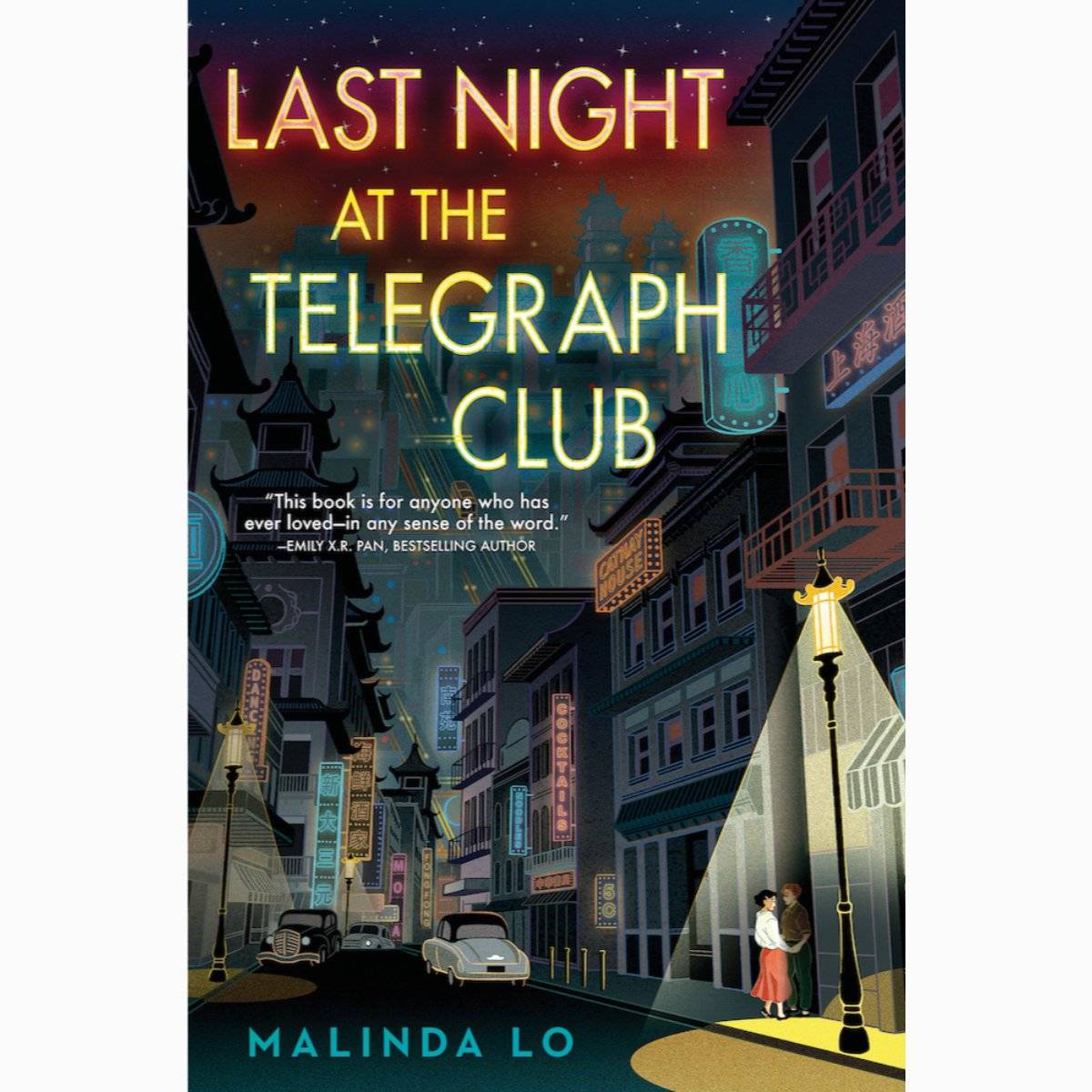
The progressive unraveling of Lily and Shirley‘s friendship was a very pivotal moment in the novel that really stuck with me. It was somewhat painful to read because you can tell they have such a long friendship, but they're also growing apart in ways that feel sort of inevitable. Shirley represents comfort and familiarity for Lily, but Shirley also becomes someone who can‘t really accept what Lily is going through.
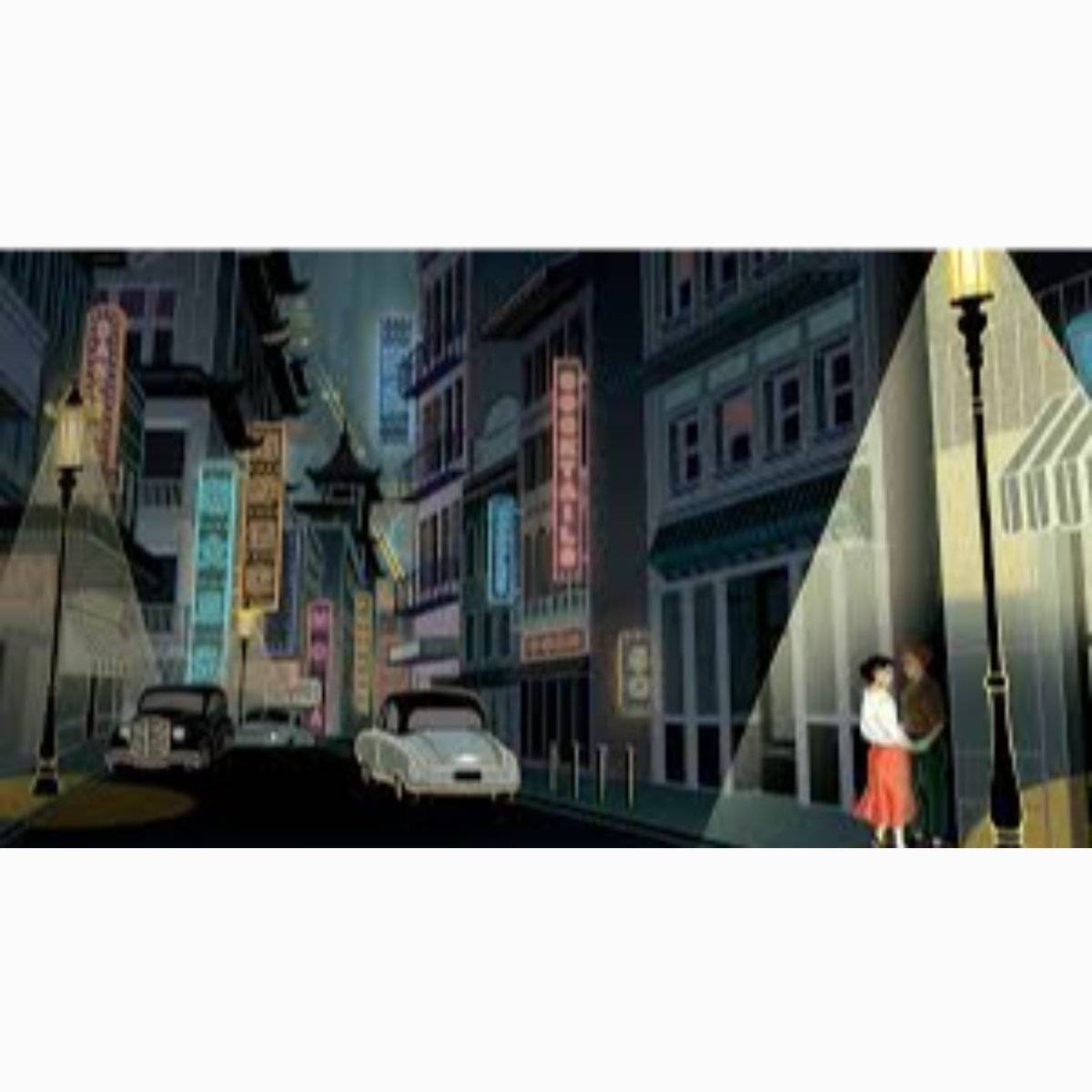
I loved this book! This book moved me. The topics of political unrest along with coming to terms and discovering oneself were beautifully written and produced by the author. I think this text would be incredible for students to read, and I would maybe prompt students to write their own historical fiction novels around different eras. I couldn't put this book down!
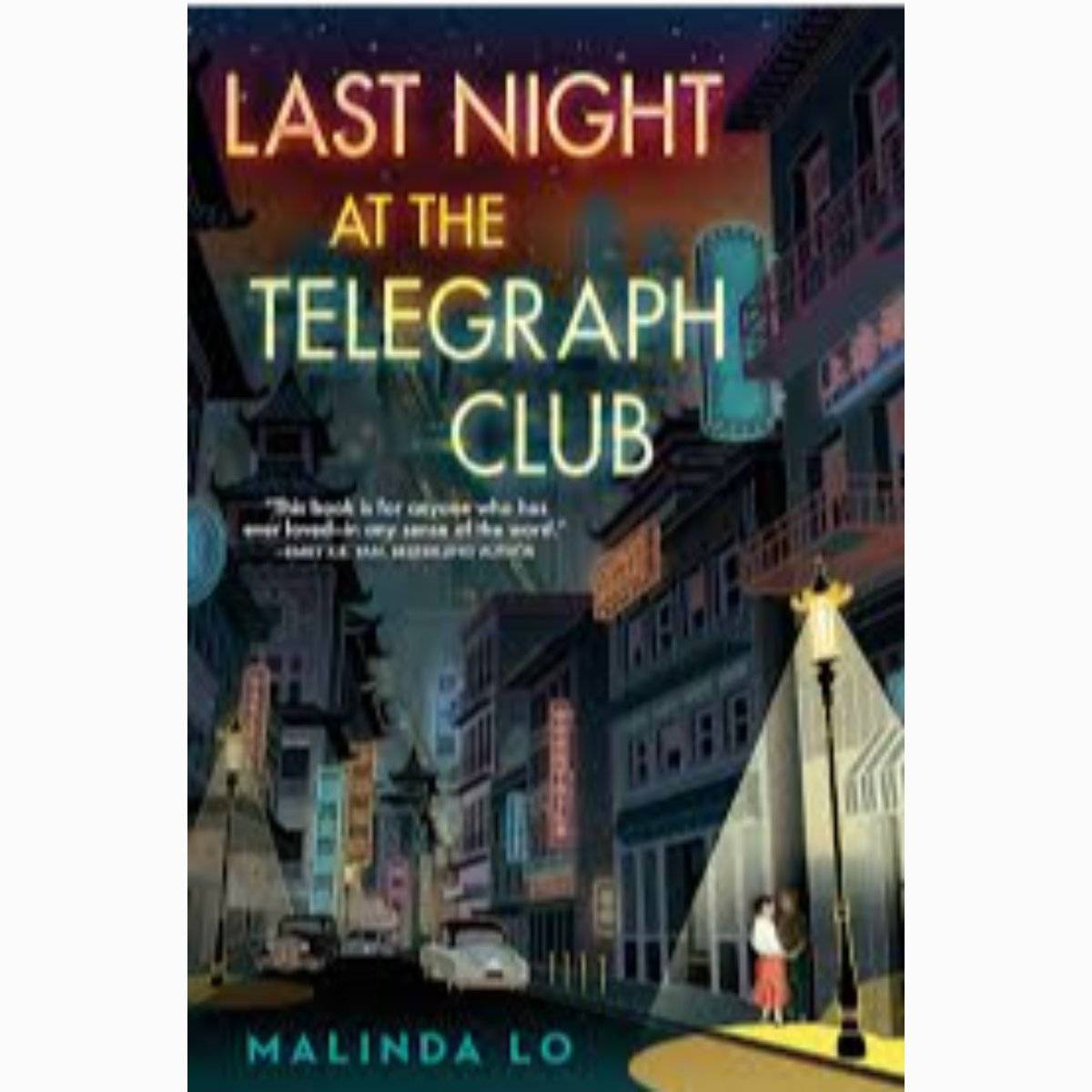
I think this novel is important for young individuals who are coming to terms with their identity and sexuality. These topics can be scary and overwhelming, and so seeing a character with similar struggles, personalities, hardships, may help someone feel a little less alone in this world. While no two stories will ever be the same, this representation is pertinent for young individuals.
For Lily, the club is one of the first places where she‘s able to just be herself without needing to explain or hide her true self. It's really interesting to think about how physical spaces can either restrict or exceed someone‘s ability to be authentic. The Telegraph Club is very risky (especially in the 1950s), but it's also where Lily begins to see herself for who she really is, and she‘s able to fully embrace that which is so important.

I enjoyed how the very beginning of the novel included a time line of relevant events that are important for the understanding of the story. The context of which is important for readers, and I believe would be a good example for students to create their own time lines about a chose event to explain context even further. t
One part of Last Night at the Telegraph Club that really stood out to me was the tension between personal identity and family expectations. Lily is trying to figure out who she is (her future, relationships, friendships, and her place in both American and Chinese cultures). What complicates it is that her family's stability and security rely on being perceived as “respectable“ during a time of such scrutiny.
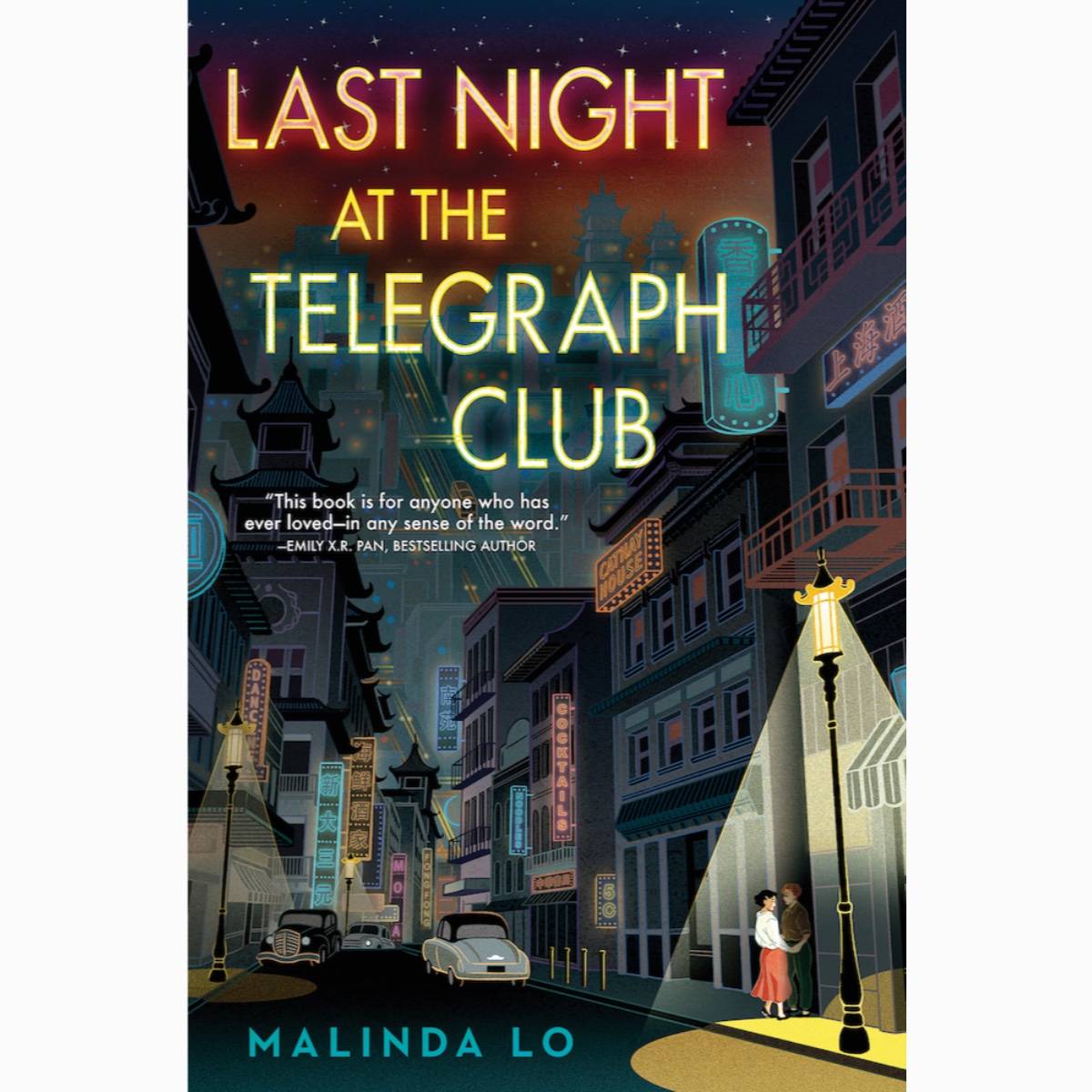
This was actually a reread for me since I chose it for another of our classes last semester, but I still found so much value in reading it a second time. I was able to think more big-picture about Lily's intersectional identity, and I can also more deeply see the importance of historical fiction in connecting people, including our students, across time. This was such a great story with beautiful characters, intricate dynamics, and complex events!
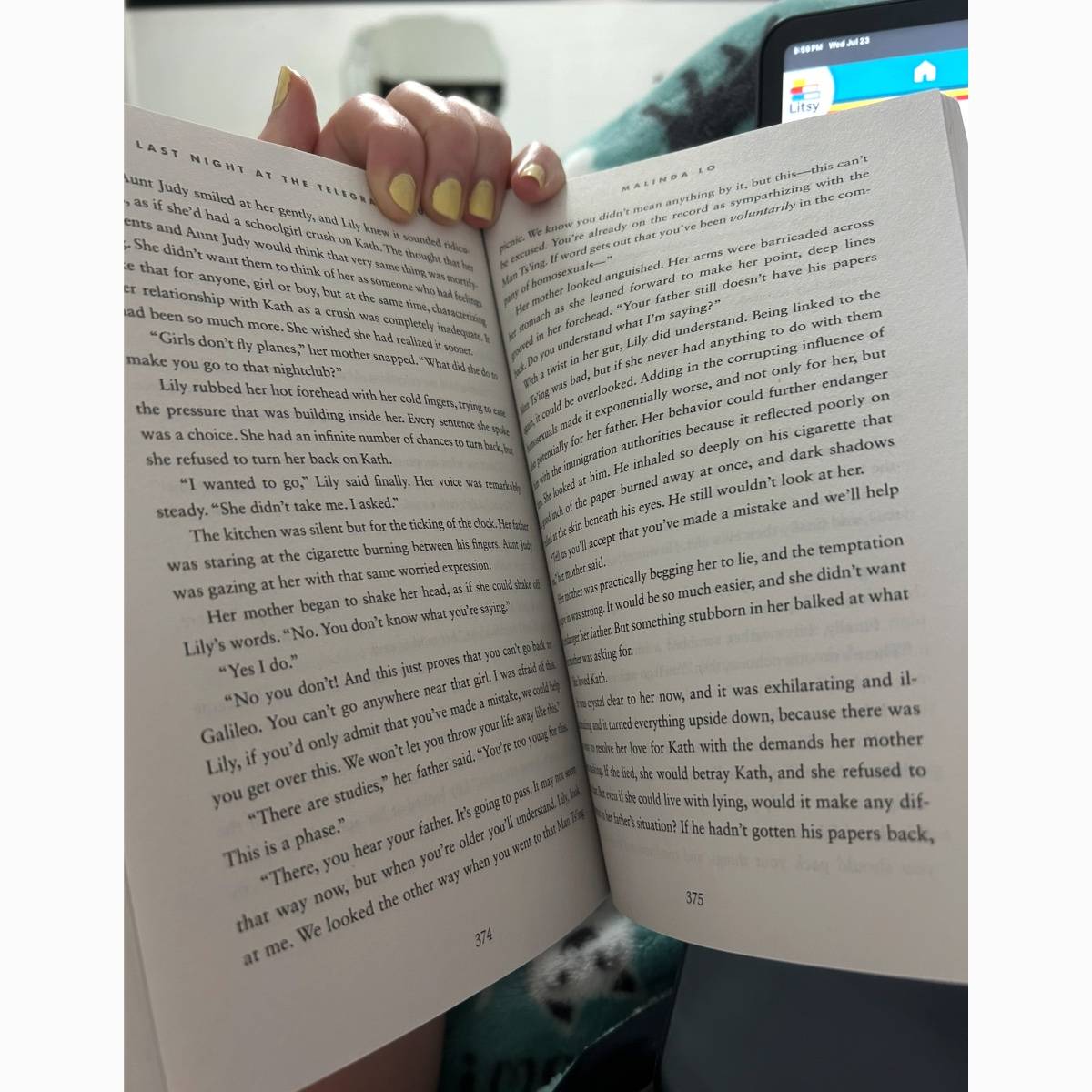
While Lily's family's reaction to such a complicated situation isn't ideal, I can see how her family also has their own concerns, like her dad's papers. As unfortunate as it is, not everyone's coming out story is one of acceptance and unconditional support. Cultural context and other family stuff comes into play, too. Lo's depiction of Lily's family is realistic, and I think this may help students in similar situations relate to Lily more.

Lily's character arc is so REAL! Her coming-of-age journey as she realizes her sexuality demonstrates how intertwined emotions and self-discovery can be. Just like processing grief, processing one's self can take a similar journey. As Lily stares at the beauty queens in the very beginning, she is in denial, but the rest of the book shows how Lily grapples with her newfound queerness alongside Kath, eventually leading to a sort of acceptance.
{just to remember for later on} This weeks book and my second choice book, “Dark Parts of the Universe” by Samuel Miller could be paired and compliment one another in a lesson/unit about themes and use them as examples to coming of age as a theme.
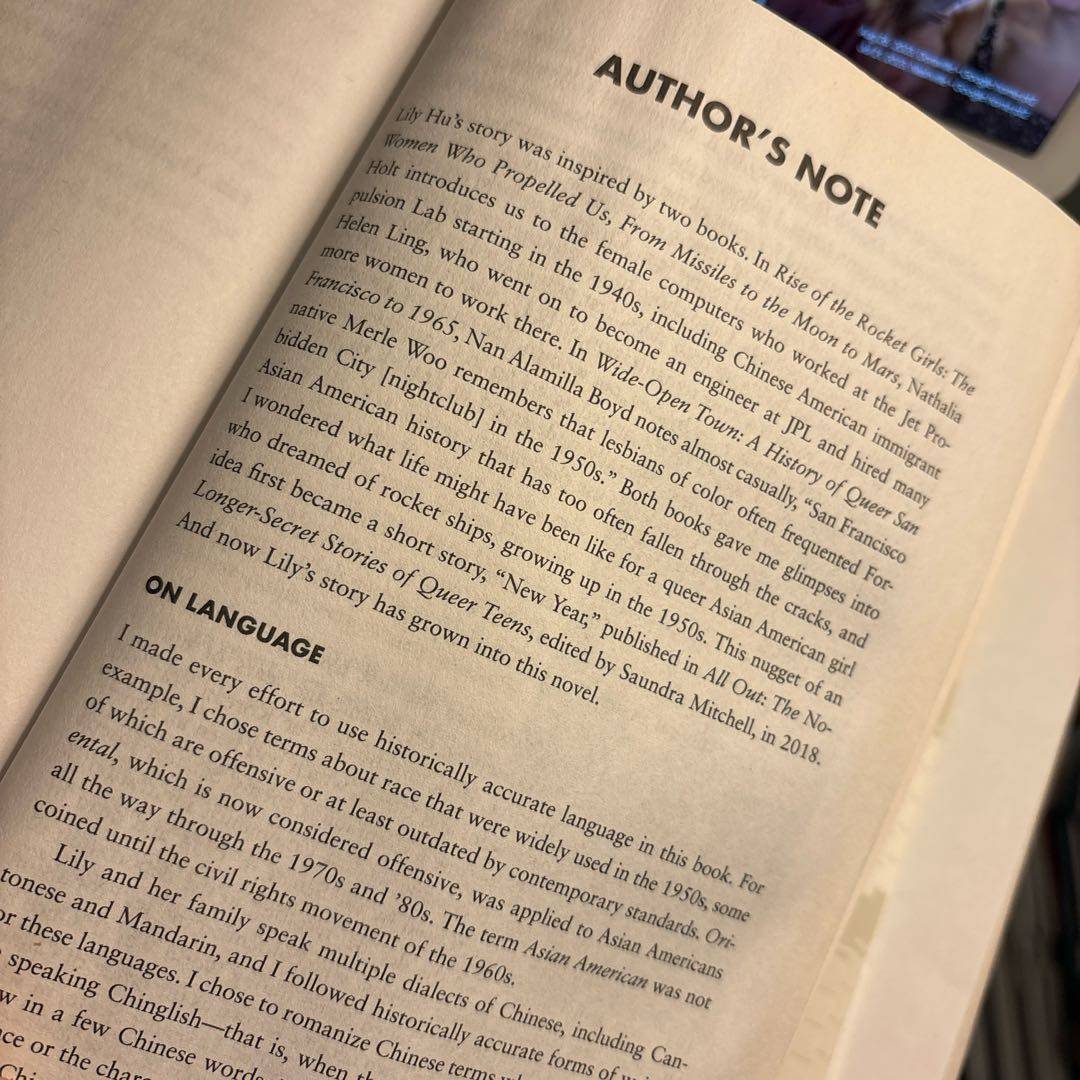
“On language: I made every effort to use historically accurate language used in this book” (pg 397).
I appreciated the extensive author‘s note at the end and bibliography included. It shows that Lo put the time, effort, and energy into making this novel so that it is a strong piece of work, culturally relevant, grammatically correct for the time it was based, and while remaining sensitive to subjects.
In a post colonial class that I had we talked about conformity to the extent that as a person lives in the same place as the colonizers they begin to take on characteristics to fit in or because they‘ve rubbed off. The book Reminds me of this as we see Lily adapt to the environment around her but also staying true to her culture. Having a dual identity to conform to the environment but also not give up on her heritage.
I didn‘t particularly enjoy this book, it definitely wouldn‘t have been a fun choice read for me but I liked getting to read something different and not my speed so that I can use it later in a book recommendation. It may also not be a book that I teach but it will definitely go on my class bookshelf so that student can have a book to grab and relate to whether through identity or culture.
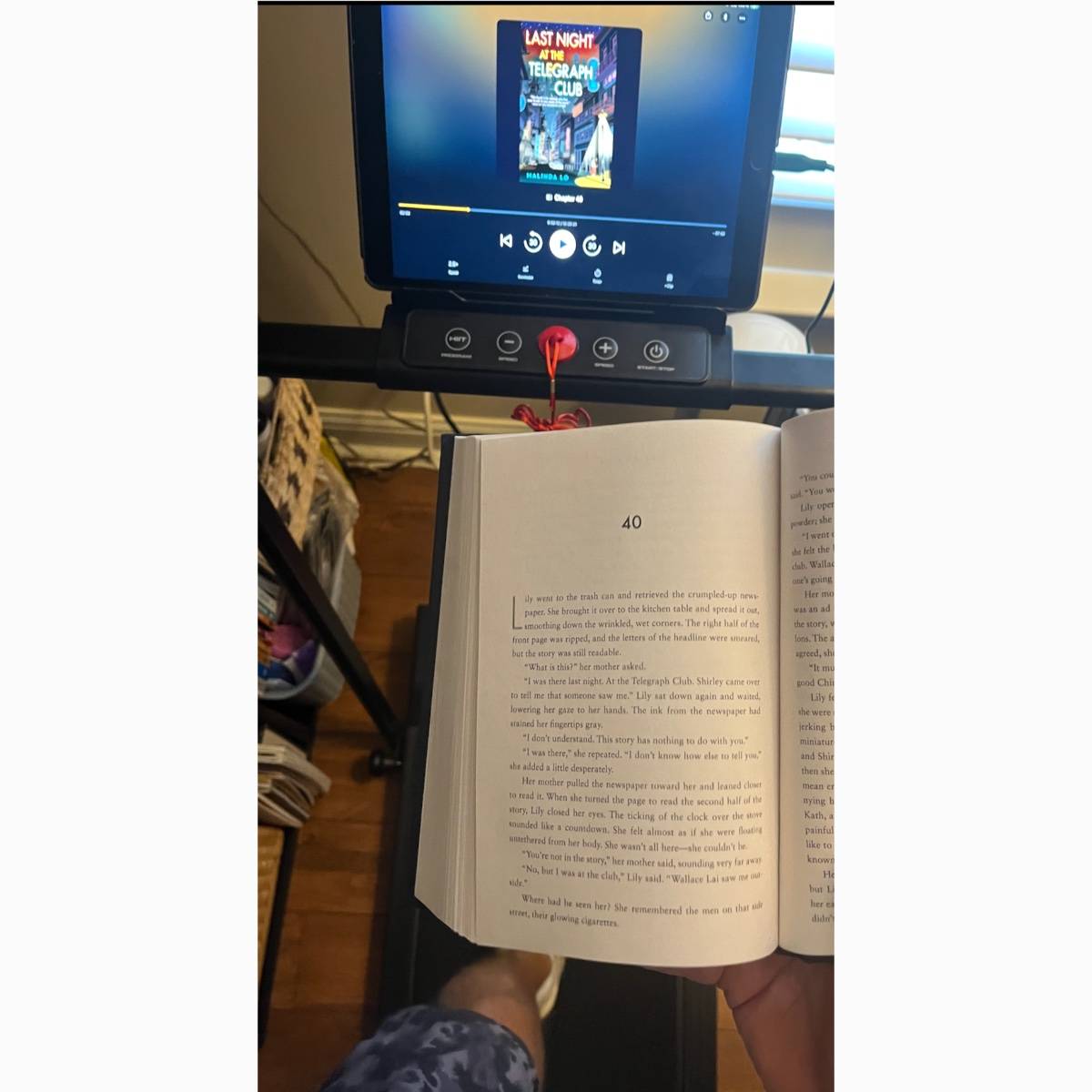
When Lily‘s mother says, “You‘re not in the story,” it encapsulates a painful denial of her daughter‘s identity and reality. This moment invites reflection on visibility, belonging, and how marginalized voices are often erased within families and communities. In the classroom, it serves as an entry point for students to consider the power of storytelling in making those voices visible and heard.
Chapter 39 reminds us how often society underestimates teenagers‘ ability to face complex emotional challenges. Lo portrays adolescence as a time when boundaries are tested, mistakes are made, and resilience takes shape. For students, seeing these truths represented in fiction can validate their lived experiences and open up meaningful conversations about the weight and significance of these formative years.
Lily‘s shifting friendship with Shirley captures a universal adolescent experience of growing apart as identities develop, and at times, finding moments of reconnection. This dynamic invites young readers to reflect on how relationships evolve and how to navigate these transitions with care. It‘s a powerful reminder for classrooms to hold space for discussions about friendship, change, and self-discovery during this formative period.
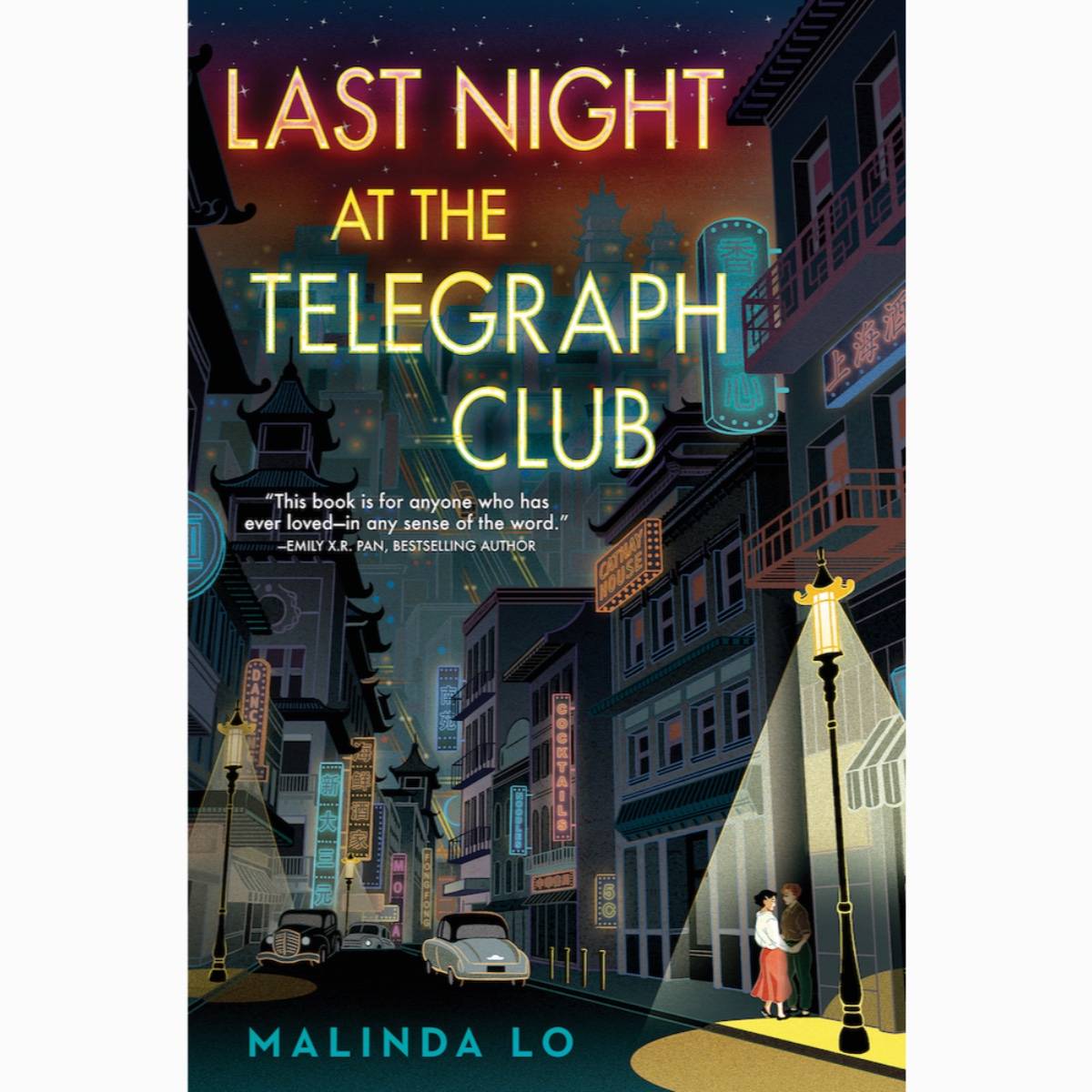
“That means there was no one from Chinatown to recognize her, but it also made her stand out all the more.“
In a post colonialism class, we often talked about the fragmented identities of the colonized civilizations. The people were not native, but they had begun to adopt the colonizers' ways and were a new “mix“ of people. In the same way, Lily is both not fully conforming to her Chinese traditions but also not completely in this “new“ world.
I think the focus on Lily as a Chinese American is so important! Nowadays, Asian Americans are highly discriminated against and put down in society. We see other marginalized groups receive support, but it feels as though Asian Americans rarely do. I think a book like this raises awareness for students in our classrooms, and though set in the 1900s, this book still has relevant insights for today's America.
“They looked so American.“
This comes at a point in the story when Lily notices other Chinese Americans who looked “so American.“ This really stood out to me. In a divided country, the question of “what it means to be American“ is so up for debate. There are so many political divides and such that it makes a “good American“ a simply subjective term. In Lily's case, this was her experience of racism - maybe being a good American is being yourself.
The inclusion of flashbacks told through the perspectives of older family members adds historical depth, tying personal identity to larger cultural and political movements (e.g., the Chinese Civil War, immigration struggles). These sections read like mini historical vignettes that enrich the central narrative. For me, these portions of the book grabbed my attention the most.

“She realized, with a jolt, that the city must be peppered with women who frequented the Telegraph or similar clubs; women who watched performers like Tommy Andrews, made friends with each other, made girlfriends of each other. At each intersection she cast skittish glances at the women waiting for the light to change, wondering if she was one of them too, or her, or her“ (275).
Such a powerful realization of queer visibility and community.
This novel follows 17 y/o Lily Hu, a Chinese American teen discovering her queerness in 1950s San Francisco. The story is raw and honest, capturing the pain of exclusion from both white queer spaces and her own community. Lo skillfully weaves in themes of racism, homophobia, and McCarthy-era paranoia, grounding Lily‘s journey in a tense political climate. The emotional depth and historical detail make this a powerful, nuanced coming-of-age story.
While reading this novel, I kept coming back to the coming of age theme. this novel showcased friendship and self-discovery in such a unique but relatable way. The details of Lily and Shirley's friendship were so natural and even the way they grew apart was realistic. For young readers they will most likely grow from friends for varying circumstances. Lo brought even better perspective to this by bringing light to this for young LGBTQ+ students.
The time jumps and different perspectives were very well done. It was also extremely helpful that the chapters had dates and clarified who was the main plot point during given moments. there were even timelines that kept me engaged and understanding of what was actually going on in the real world and fictional world. These details are extremely important to students because if they don't know what's going on then they will lose interest.
I love the historical fiction part of this novel. It's such a unique perspective for a ya novel and teaches readers about the historical culture while reading. From a teacher perspective, the historical fiction aspect leverages many conversations within the classroom and opens the door for other historical pieces. Lo did a great job incorporating seemingly small details that define the success of the setting perspective. Great chance for analysis
“A warm tenderness bloomed inside Lily; it felt the way a bruise ached when pressed,“ (Lo 212).
This line comes after Lily's rekindling with Shirley. Controlling and an overall bad friend, Shirley and Lily are continuing their friendship based on a history of childhood memories. No blame there, I've done the same. I like this line because it demonstrates Lily's perhaps unconscious wariness of Shirley, and predicts her future betrayal.
Let's talk about the ending. Yes, I'm glad that Kath and Lily eventually reunited and are continuing their relationship. I was not so happy about Lily's removal from her home, her school, and her friends during her senior year. Continued in comments because I'm ranting a bit.
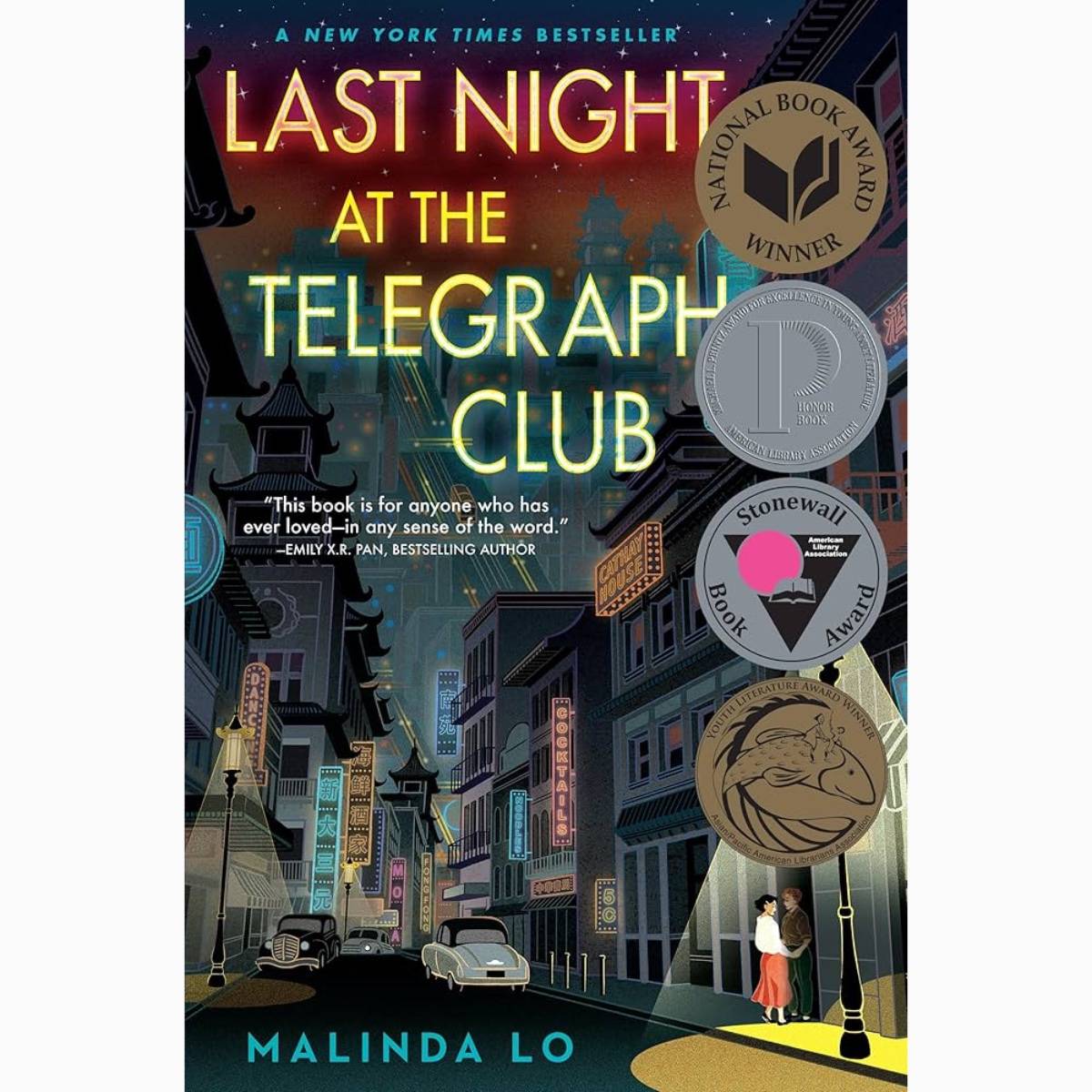
This book could be used in so many ways as a mentor text, namely because of its place as a work of historical fiction. Analysis of cultural and period differences could be done. Lily's identity as a 'good Chinese daughter', coupled with her emerging identity as a member of the LGBT+ community and her dream of entering a male-dominated field, provide for good instruction and analysis of the intersectionality of gender, sexuality, and culture.
I really enjoyed (most of) this book. The insertion of chapters from the perspective of Lily's mom and aunt, as well as the timelines which accompanied these chapters, really set the stage for the time period. I enjoy historical fiction, so I liked seeing how Lily and co. interacted with different groups and how this related to global, national, and cultural issues at the time. Not a fan of the ending when Lily leaves her hometown for a year :(
I enjoyed the chapters from the perspective of Lily‘s parents and aunt, and think it invites an opportunity for student creativity. It would be interesting to have students do a piece emulating the style of these chapters. Not only are they creatively engaging with the text, they are understanding a situation from different perspectives. They could come up with a completely new story, or they could rewrite part of this one from a different lens.
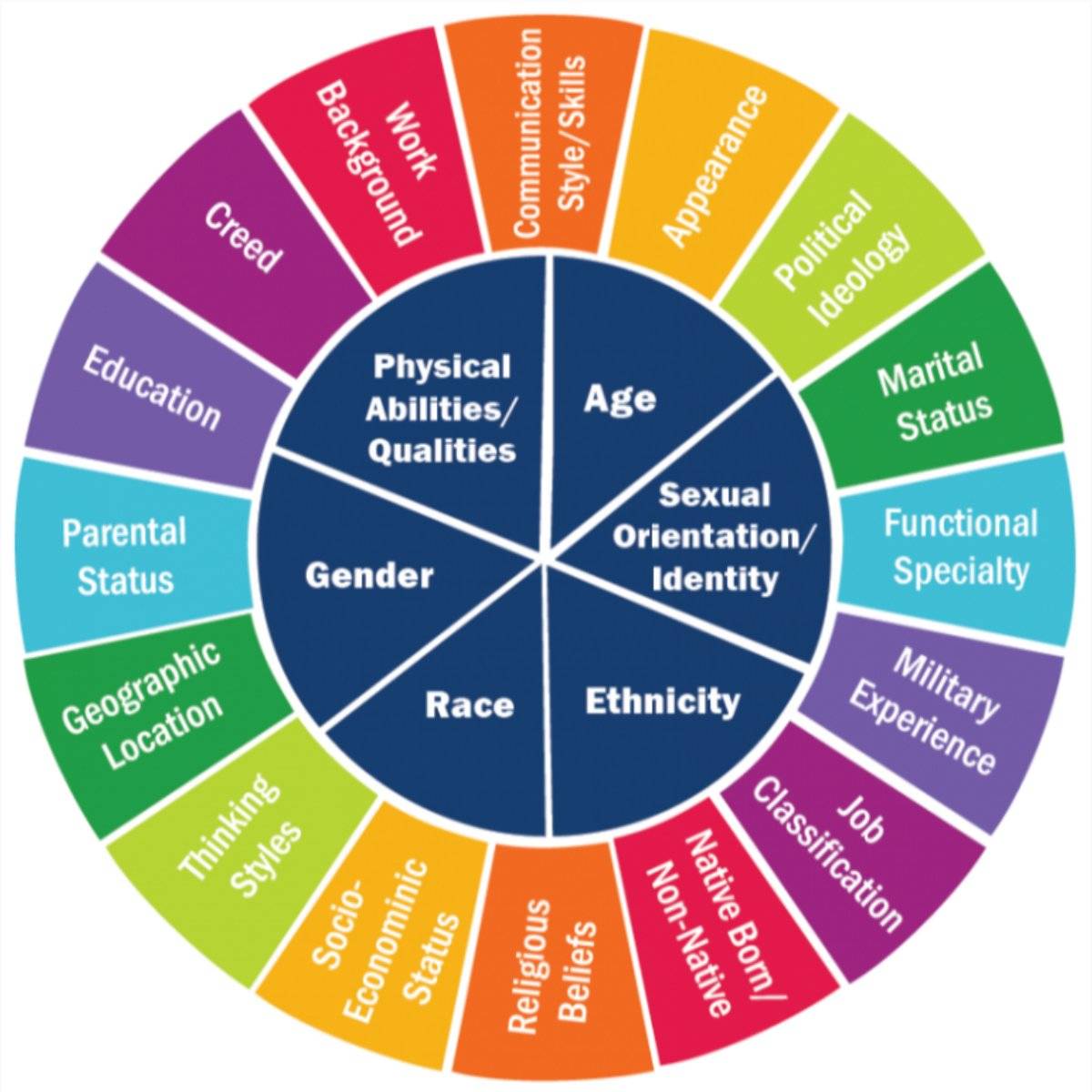
This book will absolutely be going into my classroom library, and I would love to encourage students to read it alongside a unit dedicated to the exploration of one‘s identity. Between Lily‘s intersectional identities, her process of self-discovery, and the coming-of-age tale, there‘s a lot of potential for students to find themselves in these pages.

This book is a great example of intersectionality, and could be used as a way to teach students what that word means. Lily had many identities that intersected (woman, queer, Asian American), causing her to have different risks than other characters. It‘s important to understand that all of these identities work together to inform her actions. Being caught at the Telegraph Club had different implications for Lily than it did for Kath.
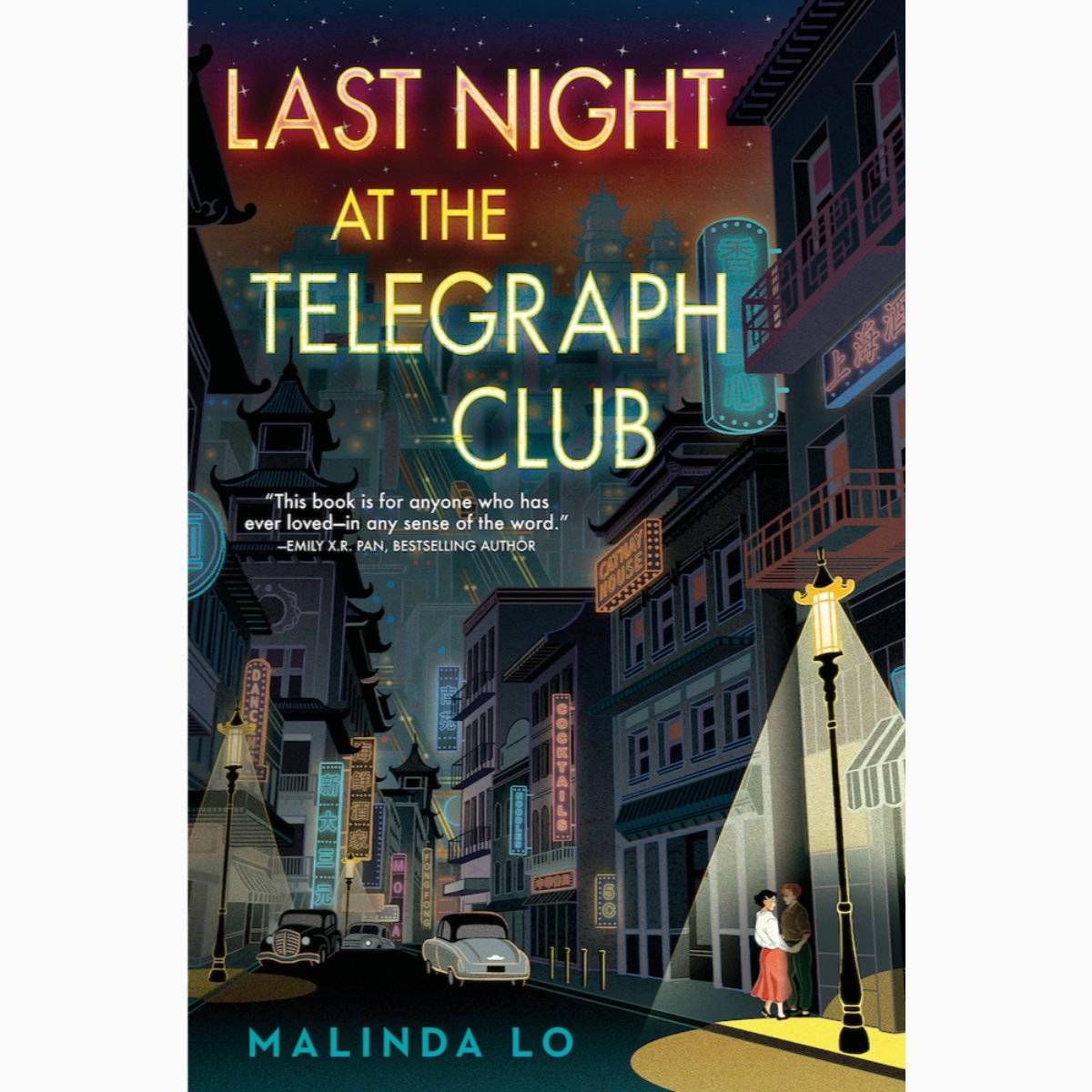
Personally, I didn‘t love this book. Though I enjoyed the plot, I felt like the book could‘ve been 100 pages shorter and it would‘ve been just fine. I think I just don‘t enjoy historical fiction. With that said, I‘m really glad this book exists because I‘ve never read one just like it. It gave a voice to so many identities often overlooked in literature, and there are so many people out there who would feel deeply seen by the words on the pages.